Center for Energy and Environmental Education (1993)

The University of Northern Iowa has long been a center for environmental education. As early as 1895, when the institution was known as the Iowa State Normal School and concentrated its efforts solely on teacher preparation, Professor Melvin F. Arey emphasized the value of "nature study". In 1915 the school offered one of the earliest collegiate level conservation courses in the nation. Faculty members such as Roy Abbott, E. Laurence Palmer, C. W. Lantz, and Martin L. Grant continued the work through much of the twentieth century. And Professor Ben Clausen led the award-winning Iowa Teachers Conservation Camp effort through the 1950s and 1960s.
In the early 1960s, well ahead of the environmental movement of the late 1960s, UNI began to develop its Biological Preserves System with the purchase of a prairie fragment near Parkersburg and some bottom land in north Cedar Falls. These tracts and others added later are intended for environmental education and biological research.
In 1985, the Board of Regents approved the establishment of the Institute for Environmental Education at UNI to serve as a center for research and development and for dissemination of educational materials.
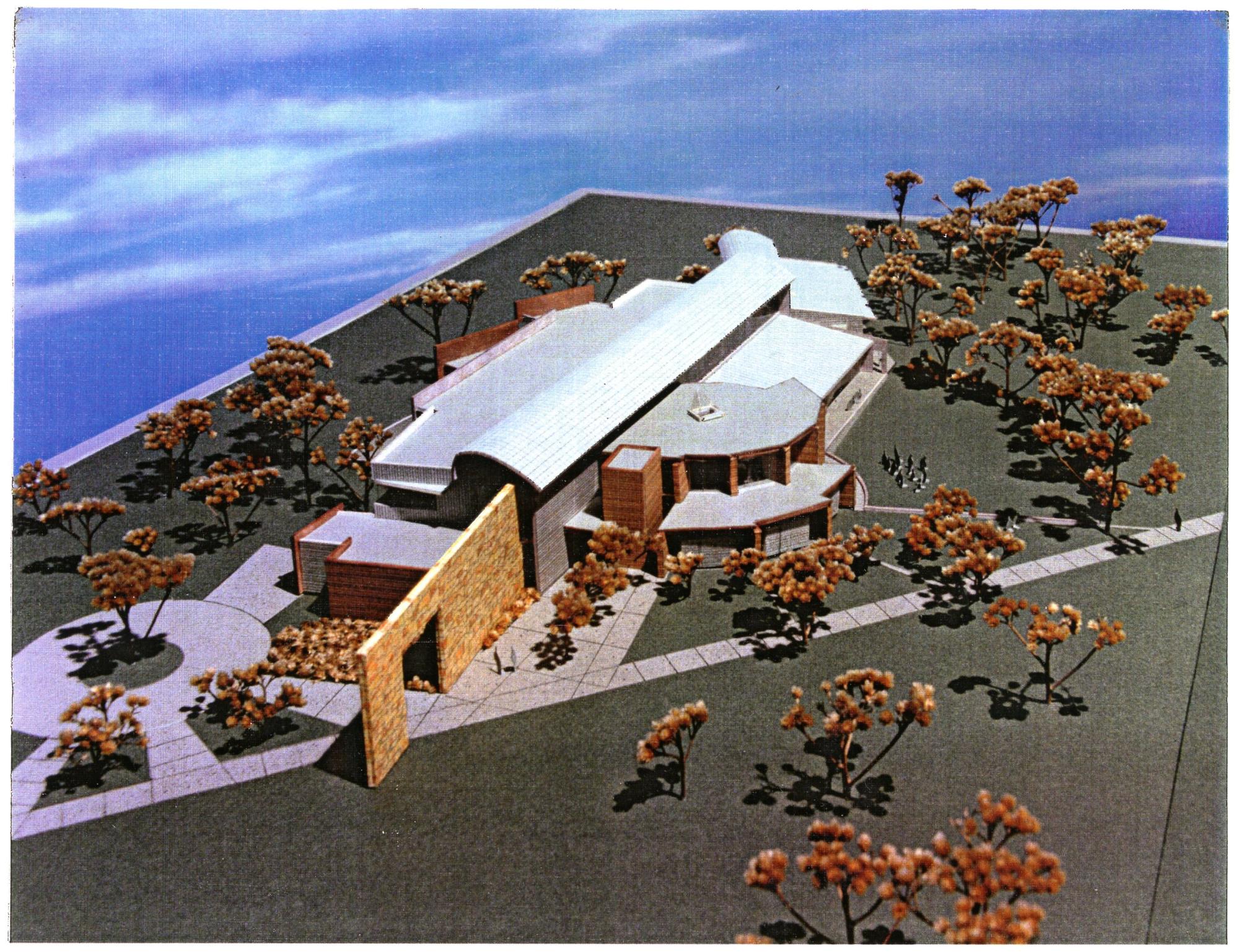
In 1986, plans surfaced for a conference and environmental education center in connection with major highway construction in the Waterloo-Cedar Falls area. Highways 218 and 58 would push through agricultural and wild areas on their way through the metropolitan area. This center was part of a much larger effort both to mitigate and to take advantage of the highway construction project. Other projects included borrow pit lakes, trails, and wildlife preserves. The center was originally planned to be located near a lake in north Cedar Falls; it would include conference facilities, hotel-style housing, and an outdoor theater. Rick Stinchfield, then Executive Assistant to President Constantine Curris, represented UNI in the planning work. Mr. Stinchfield drew upon his experience in the Kentucky Land Between the Lakes area for inspiration of this project. Developers hoped that the center would be completed by 2000.
But things did not quite go according to plans. On July 20, 1990, Senators Grassley and Harkin announced US Senate approval of a $4 million grant from the US Department of Energy to build a "National Research and Resource Center for Energy and Environmental Education". In August 1990, the Regents approved planning for the center. There was hope that the center would be completed within twenty-four months. The 31,000 square foot center was planned to be a model of energy efficiency and would include laboratories, classrooms, a materials production center, and an auditorium. Programs developed at the center would be "holistic, interdisciplinary, and comprehensive in scope--from preschool through adult levels."
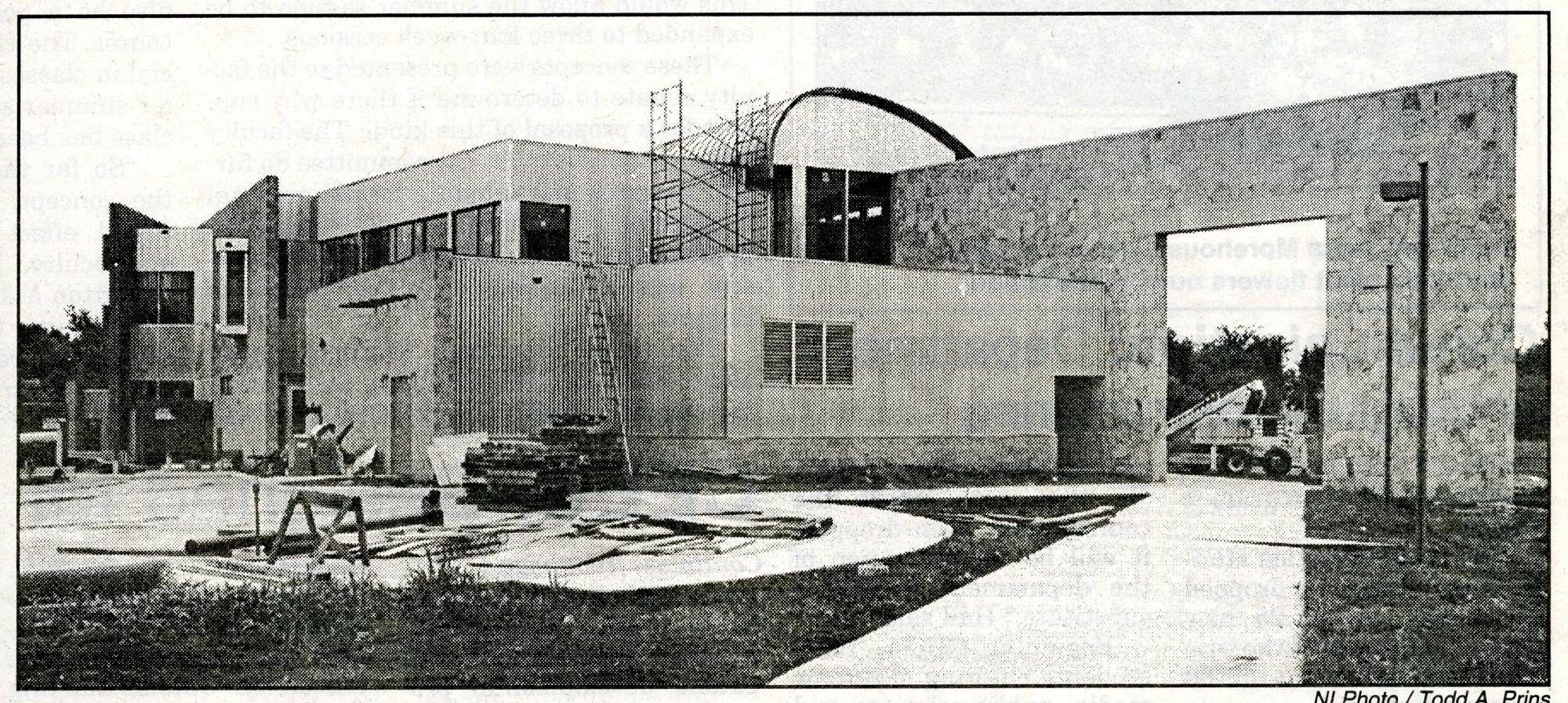
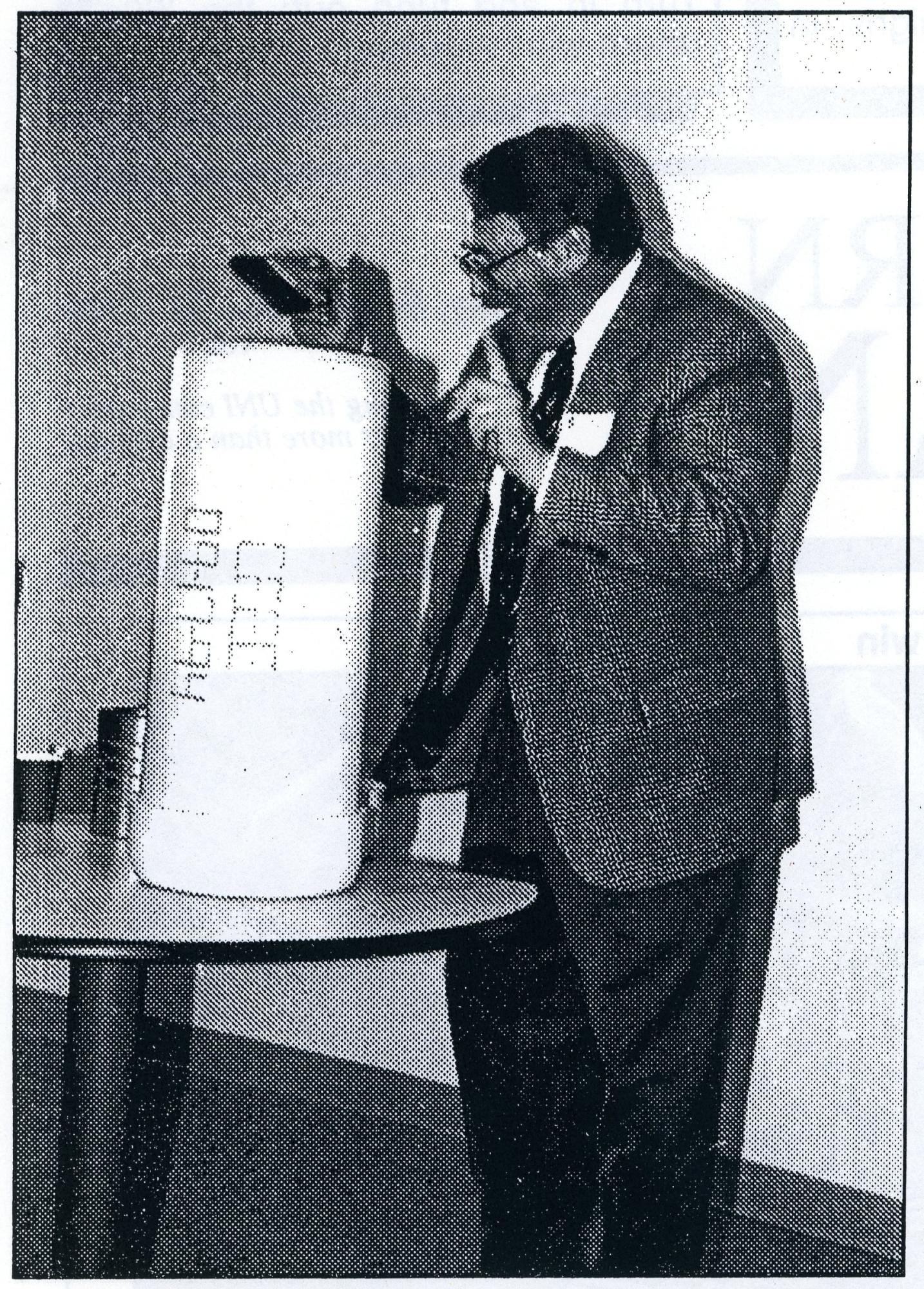
The Regents approved the schematic design for the center in March 1991. The site would not be off campus as originally envisioned, but, rather, along Jennings Drive on the south UNI campus. Plans were completed by September 1992 in hopes that construction could begin yet that fall and be completed by December 1993. The architects were Wells Woodburn O'Neil of Des Moines.
Construction progressed fairly smoothly so that contractors projected and met the revised completion date of mid-August 1994. The building was open and ready for use by the start of the fall semester 1994. The Center for Energy and Environmental Education (CEEE) was dedicated on September 17, 1994. Featured speakers included Senator Harkin, President Curris, and Center Director William Stigliani. Director Stigliani had previously served at the International Institute for Applied Systems Analysis in Vienna for eight years. Dean of the College of Natural Sciences Gerald Intemann presided over the sealing of a time capsule commemorating the center dedication.
The first seminar in the center, "Daylighting in Architecture", was held on September 22, 1994. Speakers included lighting and architectural experts Thomas G. McDougall, David A. Ejadi, and Rudolph R. Verderber. The Iowa Department of Natural Resources cited the center as a 1994 Energy Leader.

The building is intended to be environmentally friendly. Constructed with local and recycled materials, the CEEE is more open than other buildings in order to make maximum use of natural sunlight for lighting. The thermal mass of the wall down the center of the structure conserves coolness and warmth, which helps to regulate the temperature of the building's interior. In addition, overhangs on its outer walls shade the building from the hot summer sun.
Campus planners intended this building to use only thirty per cent of the energy typically consumed in comparable campus buildings. As such, it could serve as a model for future energy-efficient buildings. Activities centered in the building also serve to heighten environmental awareness in both children and adults.
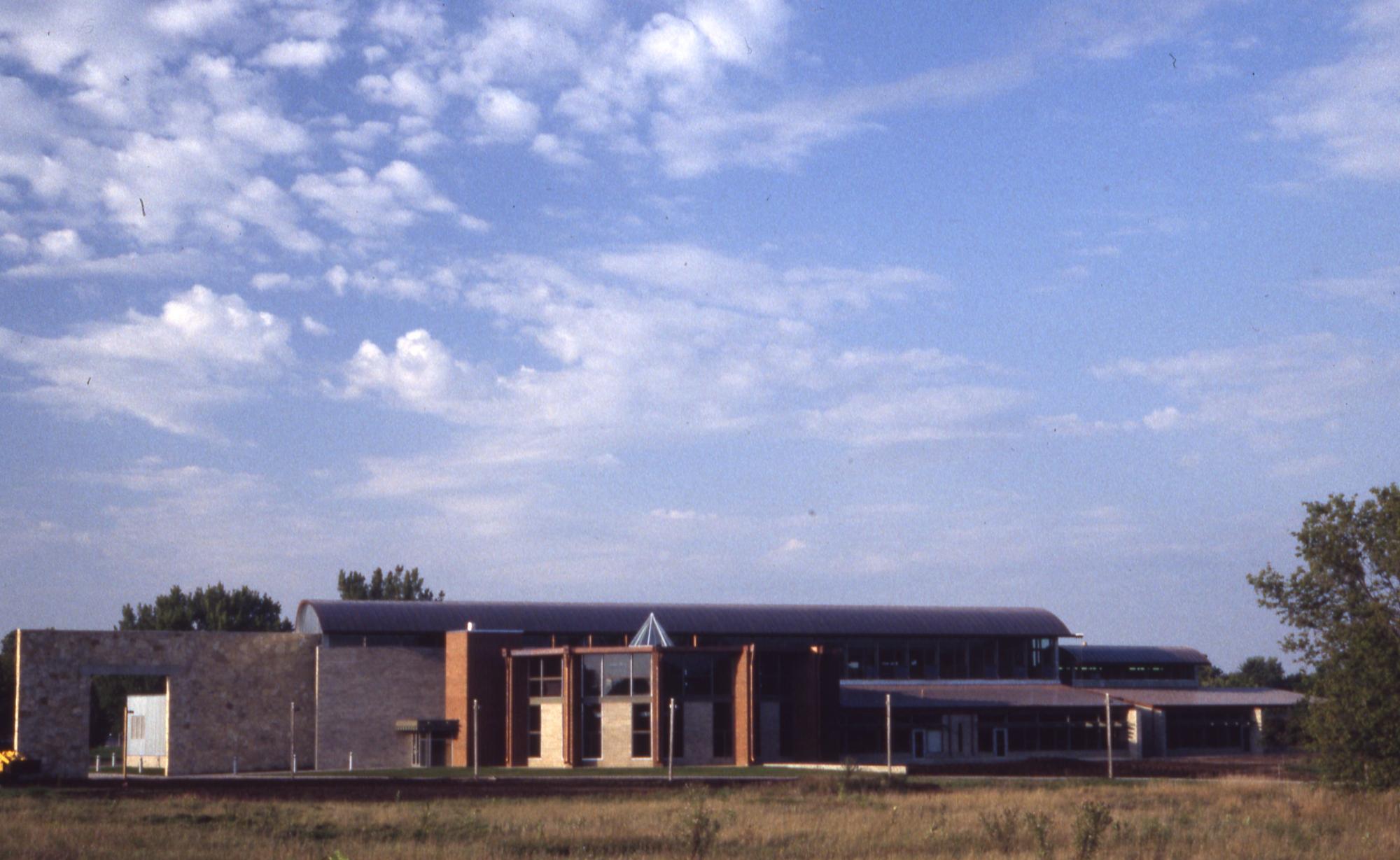
In October 1995, the Regents approved the establishment of the programmatic Center for Energy and Environmental Education at UNI. This bureaucratic action affirmed the program of activities and work already underway in the CEEE. The program provides support for K-12 education and for public outreach. Director Stigliani said, "We want to be the bridge between fact and public fiction . . . We want to promote what is certain and to find what is uncertain."
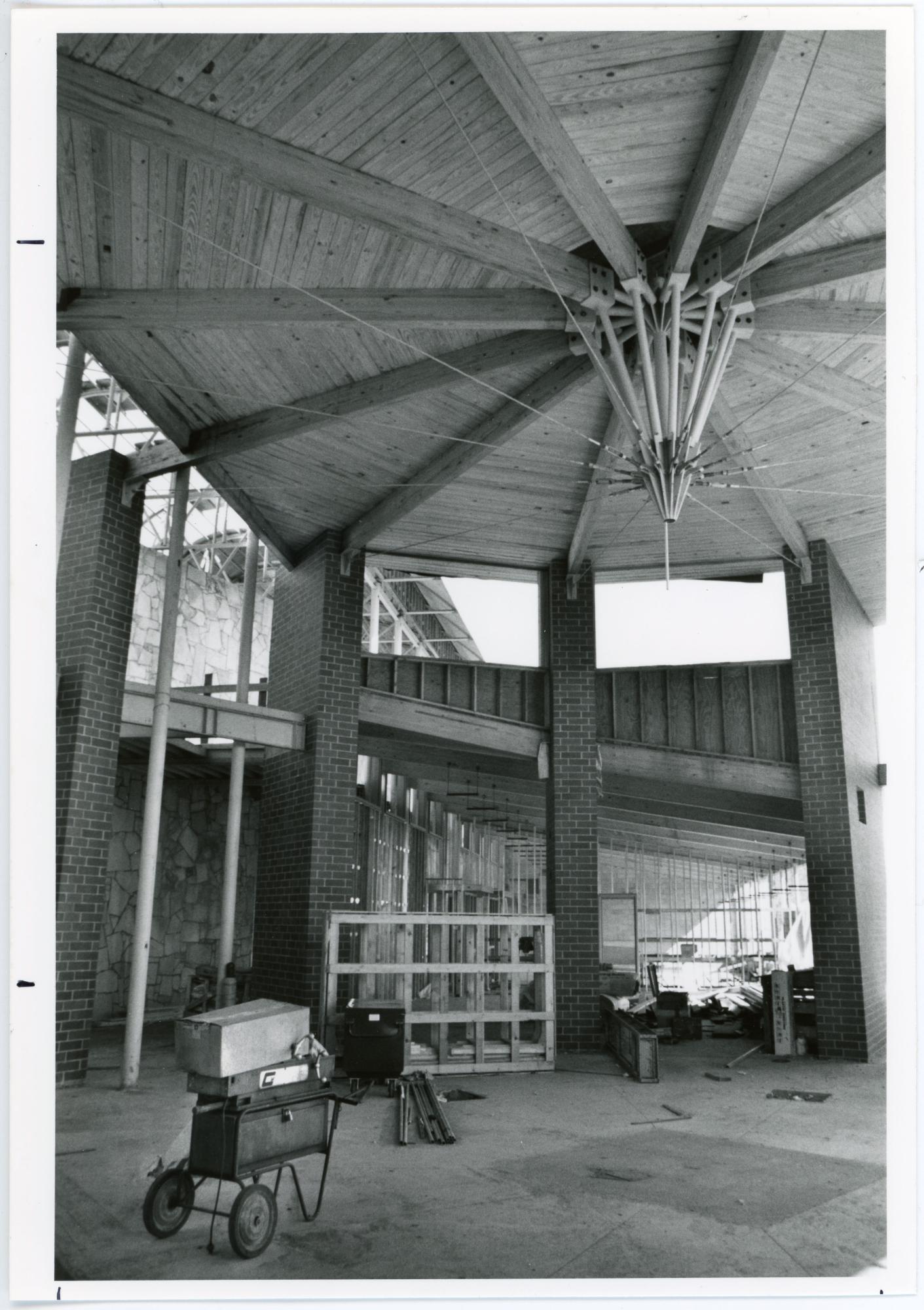
Since its beginning, the center has sponsored or served as the site for many activities, institutes, and educational opportunities relating to energy conservation and environmental education. In 1996 the center sponsored a series of Earth Week activities including a discussion of livestock confinement facilities. And, over the years, the center has helped to sponsor competition among elementary students for the Iowa Energy Poster Contest. The center also served as the site of the Advanced Technology and Environmental Education Center summer fellows institute. The purpose of this group was to stimulate and support environmental technology education in high schools and community colleges.
In 1997 the center co-sponsored the first Iowa Electrathon race. Competitors had to design a three- or four-wheeled vehicle powered by battery packs. Vehicles are run on a track for one hour, with the winner being the vehicle that travels the farthest. The center's association with the Electrathon has continued since that time. Also in 1997 the center was the site of a conference called "Conserving and Renewing Community: a Conference on Religion and Environment in the Upper Midwest." Wendell Berry, Wes Jackson, and Paul Gorman were featured speakers.
The center won a 1999 Energy Leadership Award from the Iowa Department of Natural Resources for a series of eleven energy-related projects. In 2000 the center signed an agreement with the Hartman Reserve Nature Center to assist in planning a new building on Reserve grounds. The CEEE contains classrooms; a resource center for energy, environmental, and science materials; and other offices and studios. Classes in science education and science general education are held in the building.
Originally compiled by Library Assistant Susan Witthoft; edited by University Archivist Gerald L. Peterson, July 1996; substantially revised by Gerald L. Peterson, with research assistance by Student Assistant Matt Burington and scanning by Library Assistant Gail Briddle, January-February 2003; last updated, January 28, 2015 (GP); Photos and citations updated by Graduate Assistant Eliza Mussmann, May 3, 2022.
